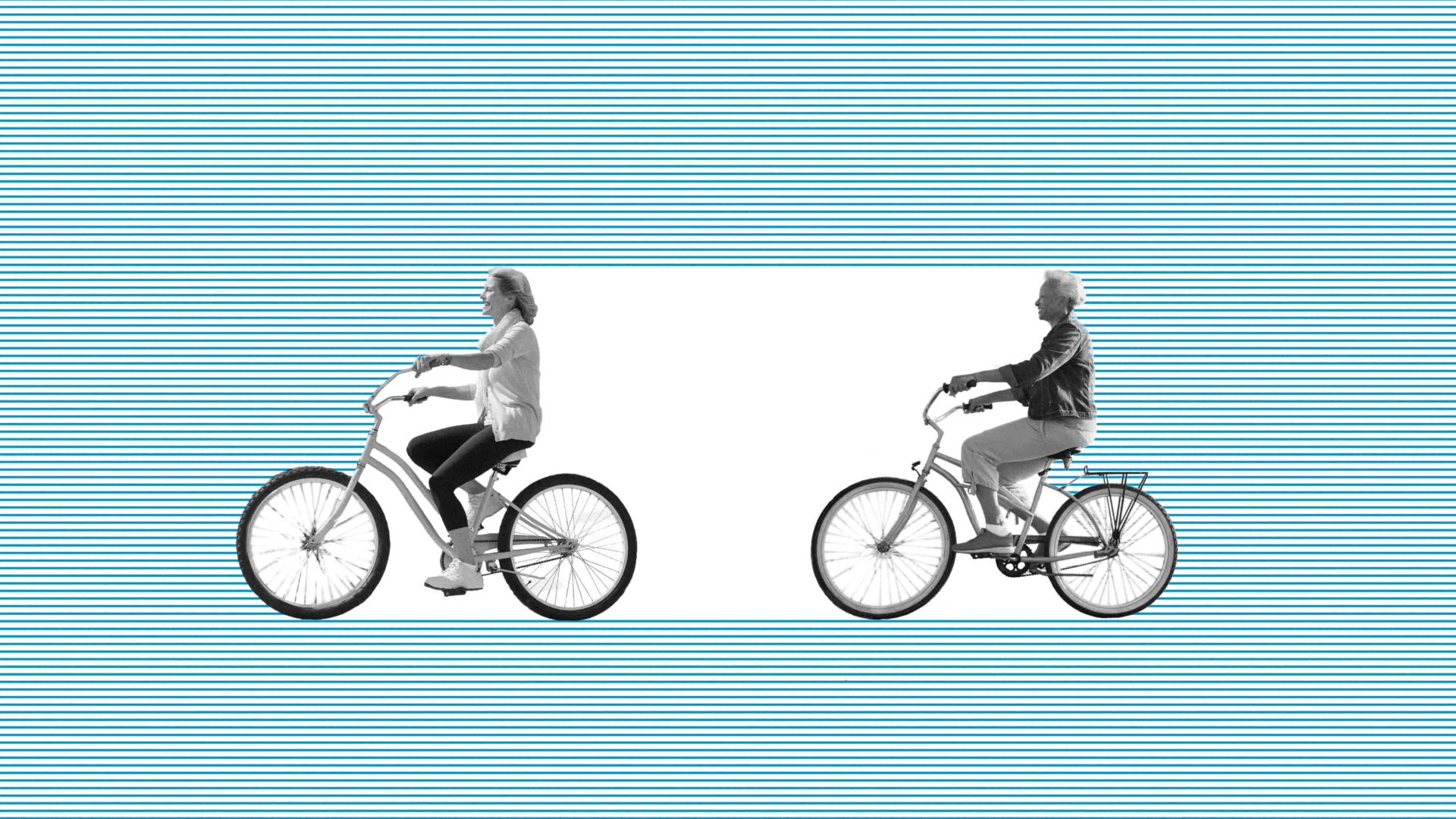In the United States, data show that gaps in life expectancy fall along racial, socioeconomic, and geographic lines. The implications of this longevity gap ripple through every aspect of our society.
In our recently released AARP report, Our Collective Future: The Economic Impact of Unequal Life Expectancy, we examine the costs of the American longevity gap, calculating the continued and cumulative economic costs of racial disparities in life expectancy while also emphasizing the human and societal costs. Through these findings, we challenge everyone to envision what it would take for all people in this country to live longer and reach their fullest potential.
As the report reveals, these disparities don’t just disrupt people’s ability to live longer, healthier, and more productive lives — they also stifle economic growth, resulting in lost opportunities and lost contributions not just for the individuals who are impacted, but for society at large.
Shining a light on existing disparities
Inequality and disparities in health and well-being are not new phenomena. However, the pandemic has surfaced and exacerbated the pervasive disparities that existed in health, wealth, and life expectancy.
In 2019, Black people could expect to live 4.1 years less than the average person in the United States. This gap rose to 5.5 years during the first year of the pandemic in 2020. In addition, we know that the pandemic has resulted in a disproportionate number of deaths among Black and Latino people, widening the gap even more.
Too steep a price
By 2030, racial disparities in life expectancy will cost the United States an estimated 10.1 million jobs, which AARP calculates will translate to an annual loss of $1.1 trillion in total consumer spending by 2030.
But the toll of racial disparities in life expectancy isn’t purely economic: It is quite literally life and death. Our researchers found that an additional 5.9 million people would be alive in 2030 if everyone had the same opportunities over the next decade to live longer, healthier lives.
The people we are losing aren’t just mothers and fathers, brothers and sisters, aunts, uncles, and cousins. They are also vital to local, regional, and national economies and industries. Many of these costs will be borne by the services, construction, and health sectors, which are most sensitive to population changes.
Solving the longevity gap
While the statistics around the country’s growing longevity gap serve as a sobering call-to-action, these disparities do not have to lead to despair. They are not intractable challenges. Inequality does not have to be status quo, and life expectancy should not be determined by geography or zip codes. There are solutions — and the solutions can be found across stakeholders from policymakers, businesses, communities, and the individual choices we make.
So what’s it going to take? The answer can be summed up in three words: commitment, collaboration, and thought leadership.
Public, private, and philanthropic sectors should work collectively to identify, advance, and accelerate solutions to reduce and eliminate health disparities. Together, they can create a marketplace of ideas fueled by data, insights, and timely analysis. As our nation continues to become more diverse, a prosperous future will require equitable systems , which sustain prosperity for all
AARP’s mission is to empower people to choose how they live as they age. It is in our DNA to help people live longer, healthier lives. This includes addressing disparities in health and wealth, and reducing the gap in life expectancy for communities of color.
This is why we work to improve access to healthcare, make communities more livable, support older workers, and work across sectors so that we can close the longevity gap and help people to lead healthy and productive lives.
The time is now
James Baldwin once said, “There is never time in the future in which we will work out our salvation. The challenge is in the moment; the time is always now.”
We can and should work now to change the longevity gap so that we don’t have to bear the cost of lost opportunity and productivity for future generations. Instead, let’s harness the potential of all of America’s talent and truly allow people to live and age equitably and productively.
Staci Alexander is the Vice President of Thought Leadership for AARP.

 "
"